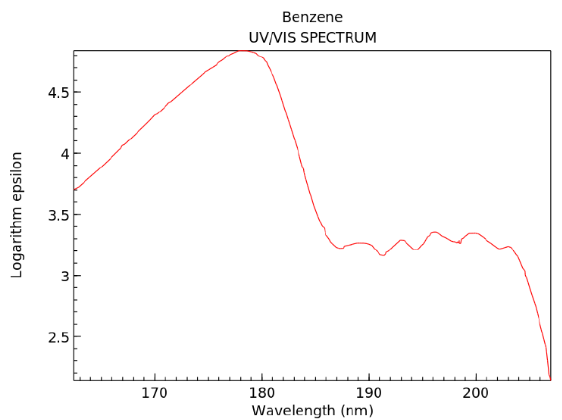Absorption spectroscopy
- it uses the fact that each atom has a different electron shell and thus all absorb different wevelengths
- a spectrometer consists of a few parts:
- source
- it is a source of white light
- the source should have a broad span of white light and should be as stable as possible
- some sources also generate electromagnetic radiation of shorter or longer wavelengths beyond visible light
- monochromator
- it is a set of three parts: entrence slit, dispersion device, exit prism
- the white light passes through the entrence slit
- it then hits a prism which seperates the white light into its different components
- a narrow band of wavelengths is passed through the exit slit
- the prism then turns to pass different wavelenghts onto the exit slit
- sample
- the light from the monochromater then passes through our unknown sample
- detector
- it detects whether light was or wasn’t passed through the sample and records it into a computer file
- source
- the results is called an absorption spectrum

Beer-Lambert law
- Beer-Lambert law determines the realtionship between absorbance and concentration
- whilst absorption spectroscopy gives us a qualitative result, Beer-Lambert law gives us a qantitative result
- formulation:
- where:
- it is the result of absorption spectroscopy
- it varies from wavelength to wavelength
- concentration can be thus calculated as: